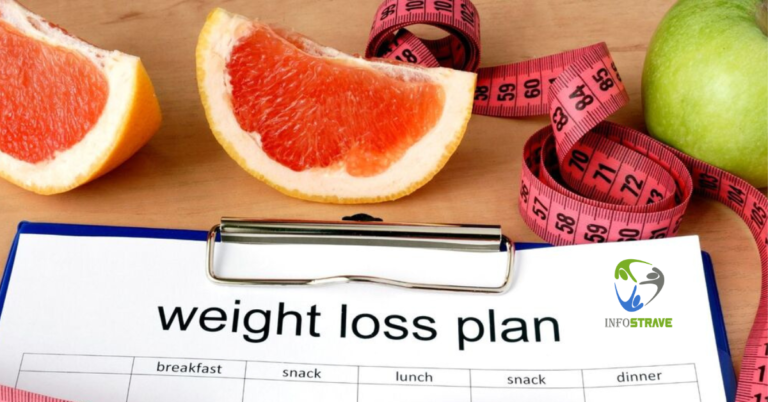Losing weight can be a big goal, but it’s important to make sure your goals are realistic. Setting goals that are too hard to reach can make you feel discouraged. Here’s how to set goals that are both helpful and doable.
1. Start Small
It’s tempting to want to lose a lot of weight quickly. However, it’s better to start with small goals. For example, aim to lose 1-2 pounds per week. This might not seem like a lot, but over time, it adds up!
2. Make Your Goals Specific
Instead of saying, “I want to lose weight,” try to be specific. A good goal might be, “I want to lose 10 pounds in two months.” This gives you a clear target to aim for.
3. Be Realistic
Think about your lifestyle. If you’re busy, setting a goal to work out for two hours every day might not be realistic. Instead, try aiming for 30 minutes of exercise most days of the week.
4. Write It Down
Writing your goals down makes them feel more real. Put them somewhere you can see them every day, like on your fridge or in your planner.
5. Track Your Progress
Keep track of how you’re doing. You can write down your weight each week or keep a journal of what you eat. Seeing your progress can keep you motivated.
6. Don’t Be Too Hard on Yourself
Remember, it’s okay if you don’t meet your goals every time. Everyone has setbacks. What’s important is that you keep going and don’t give up.
7. Celebrate Small Wins
When you reach a goal, even a small one, celebrate! This could be treating yourself to something nice or taking a day off to relax.
Conclusion
Setting realistic weight loss goals can help you stay on track and feel good about your progress. Remember to start small, be specific, and don’t forget to celebrate your achievements along the way.

